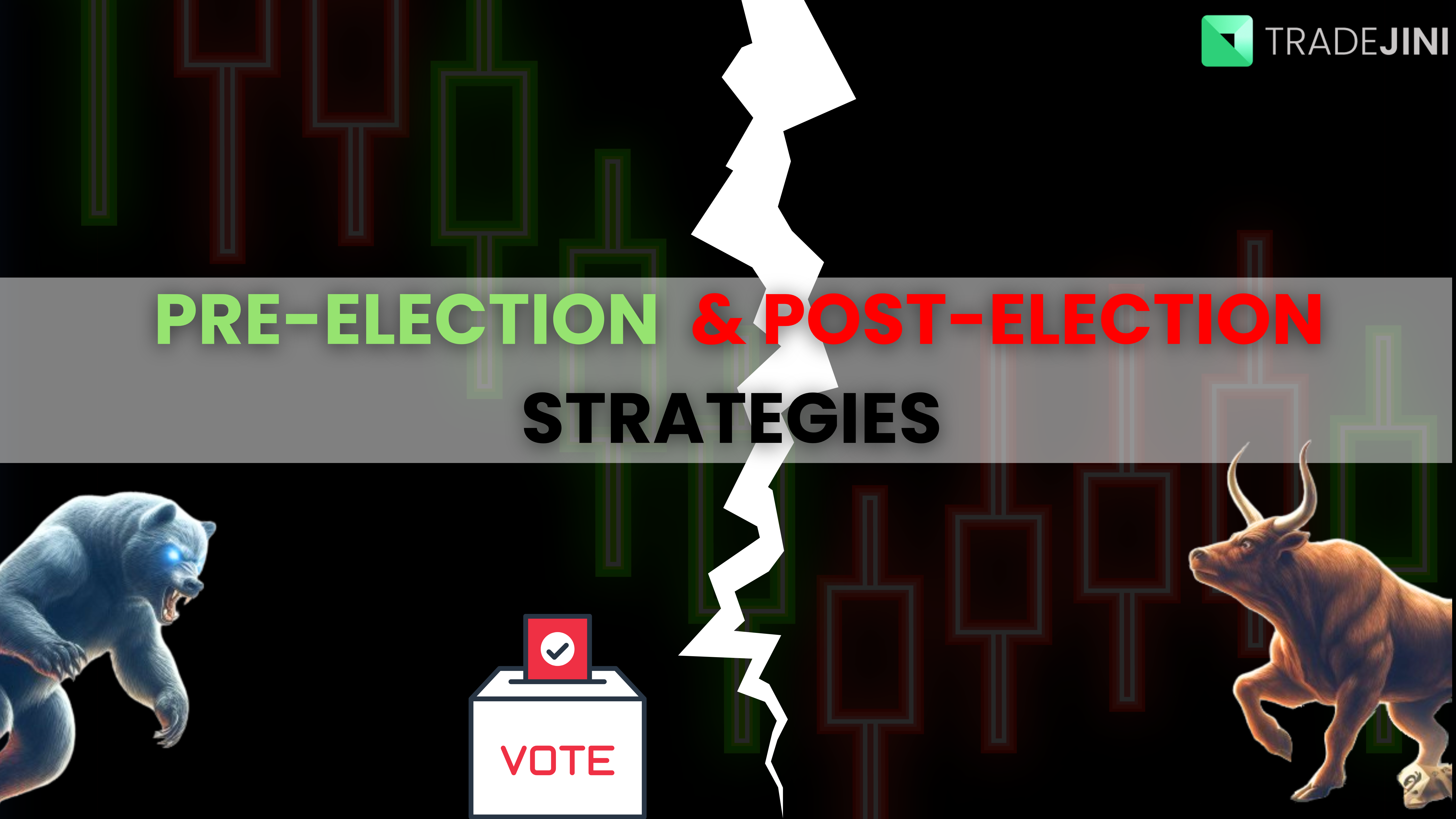Making money in the market can be very straightforward and sometimes quite rapid, turning ₹1000 into ₹10000 in a day or two. However, it's equally easy and quick to lose ₹1,00,000.
You save your hard earned money and use it to invest in the market, expecting good returns, if not beating the inflation rate, but instead of all this, you see your investments go all in red and you are not able to even withdraw or exit as you cannot bear the amount of loss it indicates.
It is always important to remember that investing is a journey with ups and downs. If you're facing challenges right now, here are some tips to help you navigate through them.
To start with, the very first thing to do is to track what caused the loss. There can be several reasons out there, such as economic trends, poor diversity or allocation of funds, wrongly timing the market, etc.
Let’s talk about more of these in detail
Insufficient Conservative Holdings
Holding only one type of investment in your portfolio can lead to significant problems, particularly during a market recession or bear market. For instance, if your entire portfolio consists solely of equities or bonds, managing risk becomes challenging. This is because there may be periods when the value of your investments drops due to factors like interest rate changes or inflationary pressures.
Lack of Diversification
Another reason for having a portfolio that is in the red could be insufficient diversification across different asset types, like bonds and stocks. Since the decline in one asset can be offset by gains or stability in another, a well-diversified portfolio can help reduce losses.
Inefficient Fund Distribution
Investing in a fund that doesn't align with your goals or risk tolerance can negatively impact your portfolio. For instance, if your goal is to save for retirement and you prefer a conservative investment strategy, but you opt for an aggressive fund because of its recent strong performance, you might experience losses on an investment that should have been secure.
Sub optimal Investment Strategies and Timing
If you're investing in unsuitable investments or using an inappropriate strategy for your circumstances, your portfolio will likely perform poorly. For example, if you buy stocks at its market peak or all-time high, their value will eventually drop when the market declines, and it could take years for them to recover from this decrease.
High-Risk Investment Choices
If your portfolio includes a significant amount of high-risk investments like penny stocks or options, you should anticipate that their volatility will impact your overall holdings. This implies that the value of your portfolio could fluctuate unpredictably, rising or falling suddenly and without any obvious cause.
Challenging Economic Environment
Market downturns can be unpredictable and complex. Sector trends often drive collective stock movements. When one sector grows, it can lift others, leading to overall market movements. It's crucial to monitor how your investments perform relative to each other to identify when to sell certain stocks to prevent them from weighing down your portfolio.
Now that you have tracked the reason, we will look into what can be done to get your portfolio back on the green side.
To start with, you have to remember these 8 rules
1. Stay calm. Panicking makes things worse.
2. Just because your investment went down doesn't mean you're broke forever.
3. Think about why you invested in it in the first place. If it was a good reason, learn from mistakes.
4. Add new types of investments to your portfolio to spread risk.
5. Look into different investment options, like real estate or bonds.
6. Check if your portfolio is balanced. Adjust it if needed.
7. Make sure your financial advisor knows what they are doing.
8. Remember, investing takes time and effort to see results.
In addition to these, there are other tactics that we can use to prevent losses:
Knowing Your Assets
Understanding why and for what reason an asset was purchased is the basic reason to have a profitable portfolio. Even to sell a stock, you have to make sure that the stocks objective is accomplished.
Debt-Averse Investing
Company stocks with heavy debts should be avoided. This is because if times get tough, these companies tend to have less flexibility to save themselves, and would even affect the shareholder's portfolio.
Counting the Costs
Commissions and charges are to be calculated before selling any assets to check whether it is the right time to sell the asset, as sometimes you have to be cautious that these are not eating up your profits.
Assessing Risk Tolerance
Knowing your risk tolerance is essential for investing. It's not just about your financial situation; it also depends on your investor profile. Conservative investors may avoid risky assets like stocks, while aggressive investors are less concerned about downside risk.
Portfolio Performance Check
Scanning through your portfolio to understand if there are any stocks that are overbought, that basically means you have better places to invest the sum of money, which could either be in Bonds, FDs, currency, etc.

Investing is a marathon, not a sprint. While market downturns are inevitable, remember that you have the power to influence your portfolio's long-term health. By staying calm, analyzing the reasons behind your losses, and implementing the strategies outlined here, you can transform setbacks into valuable learning experiences.
Learn About: 20 Common Trading Mistakes and How to Avoid Them



